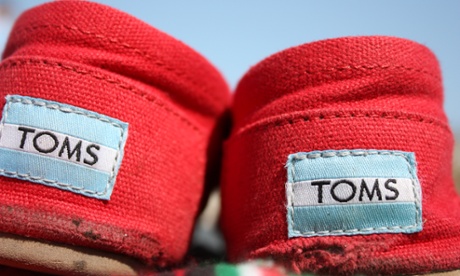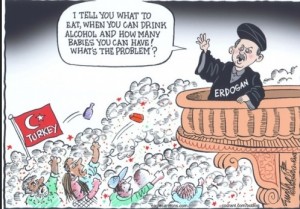Justin Fox writes: Whenever anybody struck oil in the U.S. in the late 19th century, Standard Oil’s pipeline guys showed up within a few days and offered to hook the new well up to the network.
The Middle East emerged as the center of world oil production. Oil-rich countries joined forces in the Organization of Petroleum Exporting Countries (OPEC) and began nationalizing their resources. After the Arab oil embargo of 1973, they imposed their own sort of order on the oil market.
This is what OPEC’s members are still trying to do, with Ali Al-Naimi, Saudi Arabia’s longtime minister of petroleum and mineral resources, doing his best to play the part of Rockefeller. Al-Naimi and his counterparts from Kuwait and the United Arab Emirates have made clear they are out to thwart an unruly new band of competitors who have helped send oil prices plummeting over the past six months.
These competitors are the frackers, American wildcatters who have been pumping huge quantities of oil and natural gas from ground.
Al-Naimi doesn’t, however, have all the tools at his disposal that Rockefeller did. He can’t send a bunch of Saudi Aramco toughs to Pennsylvania or Texas or North Dakota to threaten the wildcatters. He can’t really buy out the frackers, either. So what he and his closest Arab allies are doing instead is pumping more oil in an attempt to drive prices even lower — so low that the American frackers start losing money and shutting their wells.
With fracking, the break-even oil price is above $50 a barrell for almost every U.S. shale-oil project.
If OPEC succeeds in shutting down a lot of frackers, the Saudis and friends would then presumably cut production and return global oil markets to a state of order and higher prices. Of course, if the prices go high enough, fracking will recommence. Big players might well buy in. Al-Naimi would like a market dominated by a few big players. It is just so much more civilized than a scrum of wildcatters.
It may even be that a more civilized, orderly oil market would be better for consumers of petroleum, too. When it comes to resource prices, predictability is good. Rockefeller’s OPEC successors have never really succeeded, though, in keeping prices steady enough to be predictable. Repeated discoveries outside of OPEC territory (the North Sea, the North Slope, and now the U.S. shale fields), and the inevitable ups and downs of the global economy have kept crude prices swinging from high to low and back since the early 1970s. Still, we can expect that Al-Naimi and his closest OPEC allies will keep striving for control. That’s just what oil magnates do.










